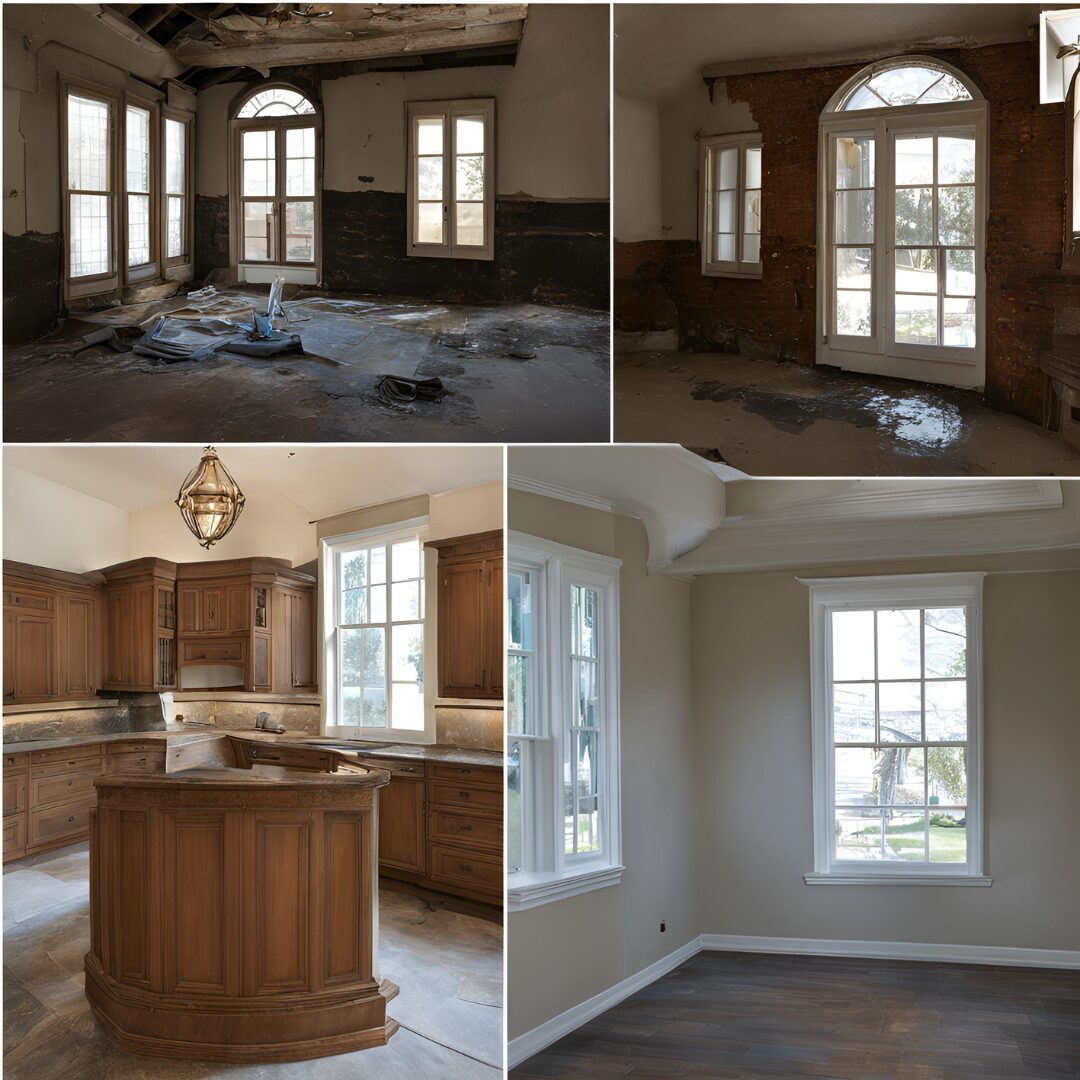How to Start a Restoration Company (Without Losing Your Mind)
Hey there, future restoration mogul! So, you’re thinking about starting a restoration company? Maybe you’ve got a knack for fixing things, a passion for turning disasters into “wow, good as new” moments, or you’ve just binge-watched too many home renovation shows (no judgment here). Whatever your reason, we’re here to walk you through the chaos—er, process—of launching a successful restoration business. Buckle up, because this isn’t just about mops and drywall. It’s about strategy, grit, and yes, a little bit of SEO magic. Let’s get into it.
Step 1: Know Your Market (Or Get Eaten By It)
Restoration isn’t a one-size-fits-all game. Water damage, fire cleanup, mold remediation—these are wildly different beasts. First, ask yourself: What’s needed in your area? If you’re in soggy Seattle, water damage might be your golden ticket. In wildfire-prone California? Fire restoration could be your jam.
Do this ASAP:
- Research local demand: Check out competitors, insurance claim trends, and even chat with local contractors.
- Pick a niche: Specializing makes you the go-to expert. Plus, it’s easier to market “We’re the Mold Whisperers” than “We Do Everything… Maybe.”
- Get certified: IICRC certifications aren’t optional. They’re your credibility badge.
Pro tip: If you’re in Los Angeles, partner with a local SEO wizard like Sitelinx Organic SEO Agency. They’ll help you dominate neighborhood searches so customers find you instead of “that other guy.”
Step 2: Build a Business That Doesn’t Crumble
Let’s talk logistics. You need licenses, insurance, and a business plan that doesn’t look like a napkin doodle.
The boring-but-critical checklist:
- Licenses: Vary by state. California? You’ll need a C-21 Building Remodeling Contractor license.
- Insurance: General liability, workers’ comp, and maybe even pollution liability (mold is spicy).
- Equipment: Dehumidifiers, air scrubbers, trucks—budget for these upfront.
Here’s where most folks trip: pricing. Charge too little, and you’ll burn out. Charge too much, and… crickets. Research local rates and add 15% for your “we actually answer the phone at 3 AM” premium.
Step 3: Your Digital Storefront (Or Why Your Website Matters)
Newsflash: If your website looks like it’s from 2004, customers will assume your tools are too. A sleek, functional site isn’t optional—it’s your 24/7 salesperson.
Website must-haves:
- Mobile-friendly design: 60% of searches happen on phones. Don’t make users pinch-zoom.
- Service pages: Detail every offering (water damage, fire restoration, etc.).
- Contact forms: Make it stupid-easy to reach you.
FYI, WordPress is our go-to for DIYers. It’s flexible, cheap, and pairs perfectly with WordPress SEO services to boost visibility. But if coding makes you sweat, hire a website management pro. Cough Sitelinx cough handles this daily for LA businesses.
Step 4: Marketing That Doesn’t Suck
You could be the best restorer on Earth, but if nobody knows you exist… well, yikes. Let’s fix that.
The marketing trifecta:
- Google Business Profile: Claim it. Optimize it. Collect Google Business reviews like they’re Pokémon cards.
- Local SEO: Target keywords like “water damage repair [Your City].” Local SEO is how you outrank Greg’s Shady Restoration down the street.
- Social proof: Before-and-after photos, testimonials, and maybe even TikTok clips of your team in action (yes, really).
Here’s a hot take: SEO isn’t just “magic beans.” It’s science. Partner with an SEO agency that gets it. For small businesses, Sitelinx Organic SEO Agency is clutch—they specialize in technical SEO services and turning websites into lead magnets.
Step 5: Scale Without Losing Your Soul
Growth is great… until you’re drowning in paperwork. Here’s how to scale smart:
- Hire slow, fire fast: Your team reflects your brand. No exceptions.
- Invest in software: Job management tools like Servicemonster or Nextdoor (for hyper-local ads) save hours.
- Keep customers loyal: Send follow-up emails, offer maintenance plans, and maybe a cheeky “We saved your basement—want a coffee mug?”
Oh, and if you’re stuck on scaling your online presence? A marketing consultant can spot gaps you’ve missed.
3 Questions Everyone Asks (But Is Too Afraid to Google)
1. “How much does it cost to start a restoration company?”
Expect $50k–$150k upfront for licenses, equipment, and marketing. Pro tip: Leasing equipment cuts initial costs.
2. “Do I need to work with insurance companies?”
Yes, unless you enjoy chasing payments. Get cozy with adjusters—they’ll send you referrals.
3. “How long until I see profit?”
Most businesses take 12–18 months to turn profit. Speed this up with aggressive local SEO and a referral program.
Final Thoughts: Embrace the Chaos
Starting a restoration company isn’t for the faint of heart. But with the right mix of hustle, heart, and SEO services (shoutout to Sitelinx Organic SEO Agency for keeping us visible in LA), you’ll build something that lasts.
So, ready to trade your 9-to-5 for a life of… well, literal firefighting? Let’s get to work. And hey, if your website needs a glow-up, you know who to call. 😉
Need Help Dominating Local Search?
Sitelinx Organic SEO Agency isn’t just another SEO company—we’re your growth partners. From WordPress SEO services to crushing Google Business reviews, we’ve got your back. Contact us today and let’s turn your restoration biz into the neighborhood hero.

